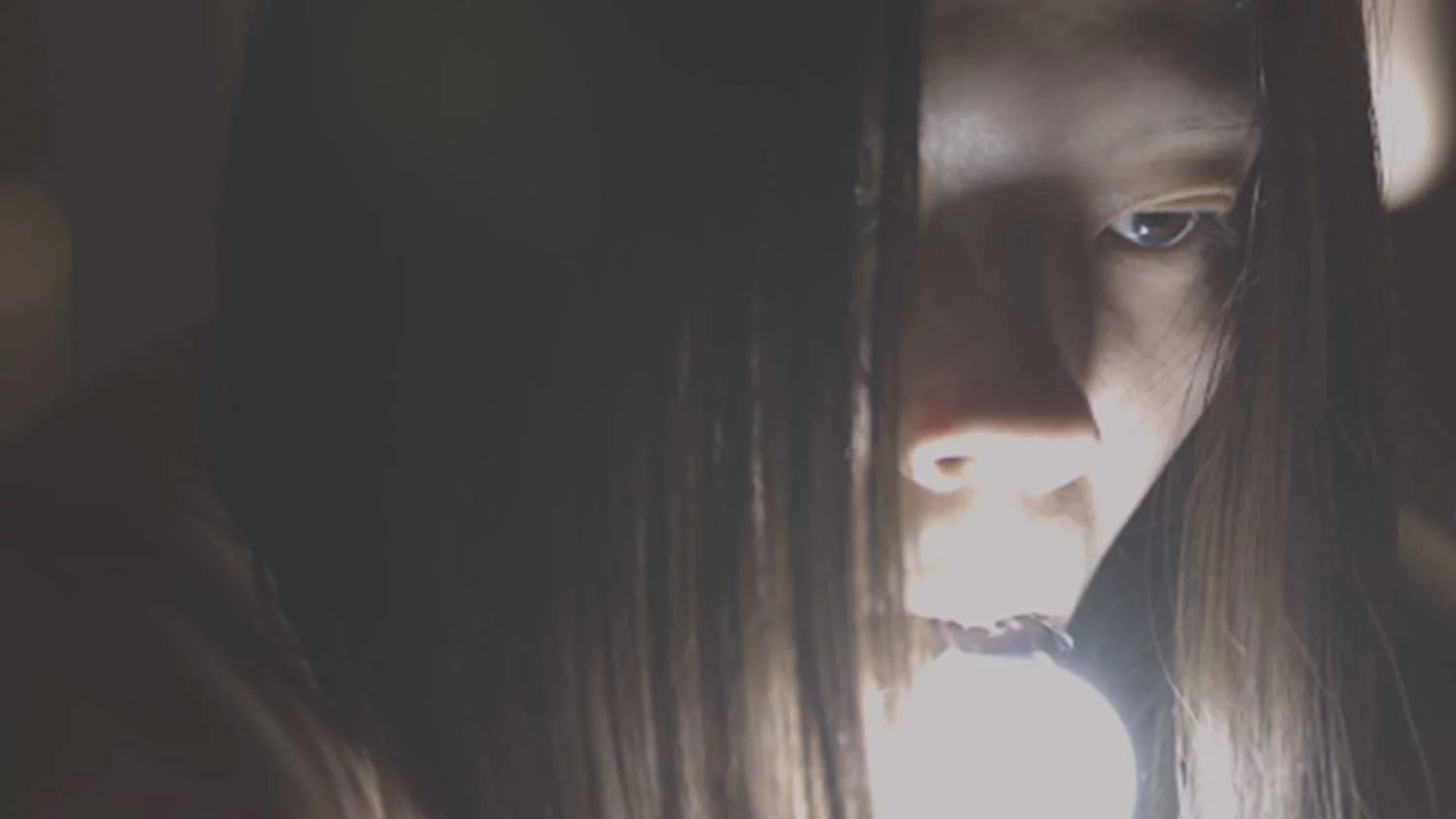Longing, in Tandem with the Mind and Body in ‘You are 56, Still Counting and Keep Counting; I am 25’
By Kaizerin Lungnie Tanzil

In lieu of the uncertainties of the world amidst a pandemic amongst other domestic anxieties, Tan Xin Yen embodied longing through her dance piece in the short film You are 56, Still Counting and Keep Counting; I am 25.
As the film opens, we see Tan herself, rigorously dancing in a studio whilst being accompanied by a voice message from her mother. Through the message, we understand that Tan has been living away from home. From promises to make home-cooked dishes upon her return to other attempts at conversation, we witness a parent trying to reconnect with her child, and a child that is devoid of response. Her silence implies that there is a slight tension to the matter: unfortunately, “When will you come home?” is not a question we always know the answer to.
The film encompasses themes of familial relationship and mortality, independence and responsibility, the past that lingers persistently and the uncertainties of the future that awaits, all bound by the relentlessness of time. It is hard not to be anxious. It is hard not to be weary. However, perhaps it is the sincerity in the exploration of these matters that allows the film to be as compelling as it is. If the mind could wander away in its weariness, where could the body that is bound by physicality go for solace?
Narrative and dance hand in hand, we watch Tan go through her phantasmic journey from undomesticated nature to the structures and corners of a city seemingly in slumber. With a lit bulb in her mouth and whilst crawling on all four, the body resembles less of a human than it does an unlikely creature. Everything within the frame seems to be ironically absurd: the dancer is out in public but looks unclothed, the body that moves is that of a human’s but acts nothing like it, and the urban spaces that are supposed to be bustling with people are desolate.
Juxtaposed against each other, the disharmony creates an unsettling atmosphere that is visceral to its audience. Regardless of how unlikely the sight is, the scene feels intimate as it exudes familiarity to many. It is reminiscent of the feeling of being lost, vulnerable, and of not knowing where one belongs, all of which are universal and desperately relevant in the current time.

As a dance film, motion and emotion are always in tandem. In one instance, the camera goes into a close-up of Tan’s face as she controls her breath. After a series of wide shots that captures the entirety of her creature-like movements, the secluded image of her glazed expression in stillness once again grounds us back to her humanness. In another scene, we see Tan crawling into the shallow space beneath a rack, folding herself in order to hide away despite there being nobody around. This imagery conveys a deep yearning to fit in and to be safe, but most importantly, to belong.
In its entirety, the film reminds its audience that more than just the soul, a person is also their body, and memories as well as desires are contained in both. It invites its audience to soak in their own subconscious and nostalgia, reminding us that perhaps only by surrendering to our weariness can we then hope to find our solace.